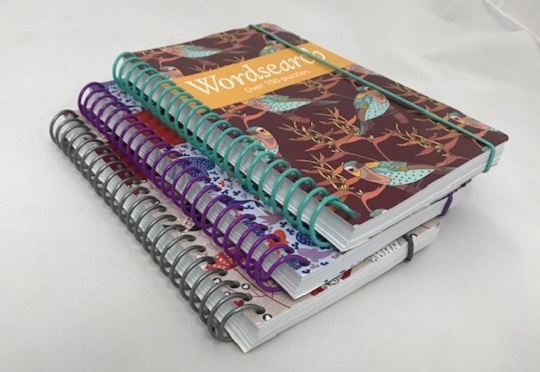Everything You Need to Know About Plasticoil Binding
When it comes to binding documents, presentations, or books, the options can be overwhelming. One popular and versatile method is Plasticoil binding. But what exactly is Plasticoil, and why should you consider it for your next project? Let’s dive into the details of Plasticoil binding and its benefits.
What is Plasticoil Binding?
Plasticoil binding involves a plastic spring, or coil, which is inserted into a series of punched holes along the edge of a stack of paper. These holes are typically round, though occasionally they might be slightly flattened on two sides with rounded ends. This method secures the pages together while allowing for flexibility and durability.
Plasticoil is part of a group known as mechanical binding styles, which include:
- Wire-O Binding (also known as double-O or twin loop)
- Plasticoil
- Cerlox Binding (commonly referred to as comb binding in the United States)
- Spiral Wire Binding (similar to Plasticoil but made of steel)
Why Choose Plasticoil Binding?
Among these methods, Plasticoil stands out for several reasons:
- Color Variety: Plasticoil offers the widest range of colors, with over 40 options available, making it easy to match your binding to your project’s design or branding.
- Thickness Capacity: Plasticoil can handle thicker documents compared to other methods. While Wire-O and Spiral Wire Binding max out at about 1.5 inches, and Cerlox at 2 inches, Plasticoil can bind books up to 3 inches thick.
- Durability and Flexibility: The plastic coils are smooth and rounded with bent ends, which provide a sleek look and feel. They are also more resistant to damage and less likely to crush or deform compared to metal alternatives.
Features and Benefits of Plasticoil Binding
Features:
- Smooth and flexible plastic coils
- Rounded design with bent ends to prevent unraveling
- Available in a wide array of colors
Benefits:
- Durability: Plasticoil binding is permanent and long-lasting, ensuring your documents stay intact over time.
- Flat Laying: Books bound with Plasticoil can lay completely flat when open, which is ideal for reference materials, cookbooks, and manuals.
- Aesthetic Appeal: The wide range of colors allows for customization that can enhance the appearance of your project.
Considerations When Using Plasticoil Binding
While Plasticoil offers many advantages, there are a few factors to consider:
- Page Alignment: When opened flat, the pages on one side may not line up perfectly with the other side, as they follow the coil’s curve. This can be problematic for designs or images that span across two pages.
- Crimped Ends: Although rare, the crimped or bent ends of the coil can sometimes unravel, which might require maintenance or replacement of the coil.
Conclusion
Plasticoil binding is a versatile, durable, and aesthetically pleasing option for binding documents of various sizes and purposes. Its ability to handle thicker books and its wide range of colors make it a popular choice in the world of document binding. Whether you need a professional-looking presentation, a sturdy manual, or a colorful cookbook, Plasticoil binding could be the perfect solution for your needs.
Explore the possibilities with Plasticoil binding and give your next project the polished finish it deserves!

